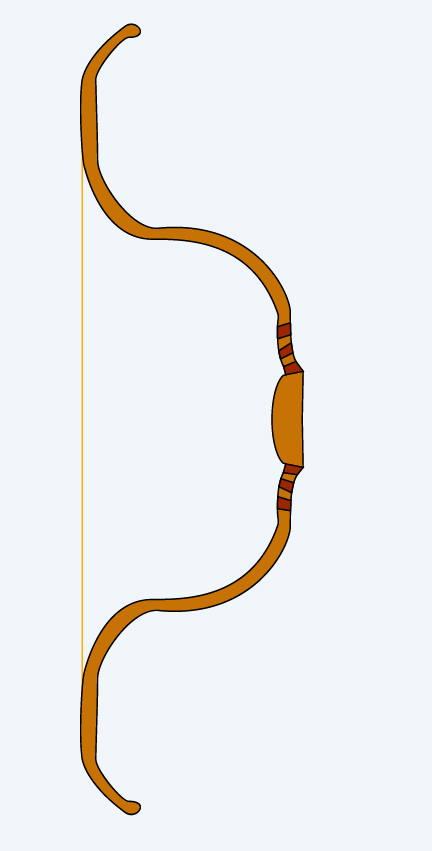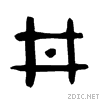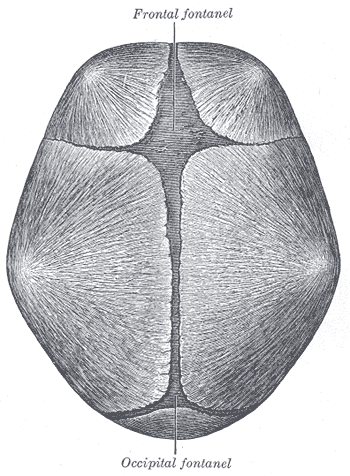10 Really Interesting and Cool Chinese Characters
While I was doing my Chinese character frequency experiment, I was looking quite a lot at the CEDICT dictionary file. I stopped whenever I saw interesting Chinese characters which I haven’t encountered before. I started collecting interesting looking characters which had cool stories behind them. Ones that made me go, “Woah that’s awesome” or “No way, that’s cool”. Maybe I’m just obsessed with Chinese characters, but I’m sure you’ll find these characters awesome.

1) 弓 (gōng) - The Bow
This one is pretty nifty and is immediately apparent. It means “bow”. It is actually one of the 214 Chinese radicals. You can see it in words like 弟弟 or 引 (to pull or to draw a bow).
2) 短 (duǎn) - Short Arrow
Going with the arrow/bow theme here. This character might seem familiar to some. 短 means “short”. I wondered why. The left side of the character has the radical 矢, which means arrow.
Now in ancient times the standard to measure something long was to use a 弓 (bow). Now an arrow, which was shorter than a bow, was used to measure something short. Cool hey!
3) 法 (fǎ) - The Law
This character is an argument for the awesomeness of old characters. 法 simplified comes from an old variant of the character 灋. 灋 is a compound ideogram, meaning it is composed of two (or more) semantic components. The two radicals are, 水 (water) on the left and then 廌 (unicorn) on the right.
Now what does unicorn have to do the with the law?
According to folklore, a unicorn, or a similar mythological animal, would differentiate between right or wrong by touching the wrongdoer with its horn during a case hearing. Awesome.
4) 弋 (yì) - To Shoot
The old bone script character of 弋 represented a small stake, probably where you would hang an animal after a hunt. But now, for me it kind of looks like someone trying to throw a spear. Maybe that’s just me. I just like the look of it. You can find it in this old character for instance: 隿, which has 弋 on the left and 隹 (bird radical) on the right.
You guessed correctly, to go hunting for birds.
5) 兀 (wù) - Cut off
This macabre character means to cut off at the feet, but also a few other meanings: to rise to a height and bald. If you look at the character it looks like it can represent all of those meanings.
6) 眊 (mào) - Poor eyesight
I giggled when I saw this character (perhaps like a schoolgirl). It means “to have poor eyesight”. According to character dictionaries, this character is a semantic-phonetic compound. The semantic radical means 目 (eye) and on the right 毛 (mao) aids in the pronunciation of the character. But I feel like it is also a compound ideogram, because having poor eyesight is like having 毛 (hair) in front of your 目 (eye).
If you are imagining a guy with long hair having trouble seeing then we are on the same level. Like this goofy character. Maybe I’m alone here. :)
7) 丼(juān) - Food

This cool character means a bowl of food. It has changed very little from its origin. I like it because it looks like it represents something within in a bowl. Very simple.

8) 囟 (xìn) - Baby's head
Now this one I had to look up first. It means fontanel, which is the gap in an infant’s skull. The soft spot on top which allows the baby’s skull to move a bit during birth. Later it hardens. If you look at the picture on the right you’ll see why the character represents the fontanel. I doubt I’ll ever use this character, but it looks cool.
9) 卌 (xì), 卅 (sà), 廿 (niàn) - 40,30,20
Ok, technically there are three characters here, but they fit into the same category. I found this 卌 by accident. It means 40. I then did some research on it and found 卅 (30) and 廿(20). If you look at the characters, it’s obvious where the denominations come from (the vertical strokes), but I didn’t seem to find why they aren’t used anymore.
It reminds of English. Twenty, thirty, forty and so on.
10) 卍, 卐 (wàn) - Swastika
Now this one was the biggest no way response. I knew that the swastika had a long history before its recent popular use as a Nazi symbol, specifically the Buddhist use of it. But I did not know that it was actually a Chinese character. It is pronounced as wàn and was actually established as a character way back in 1716!
I hope you guys enjoyed all these characters. I bet there are quite a few more to explore. Perhaps you’ll see a part 2 in the future.
What are some interesting characters you have found? Share them in the comments!